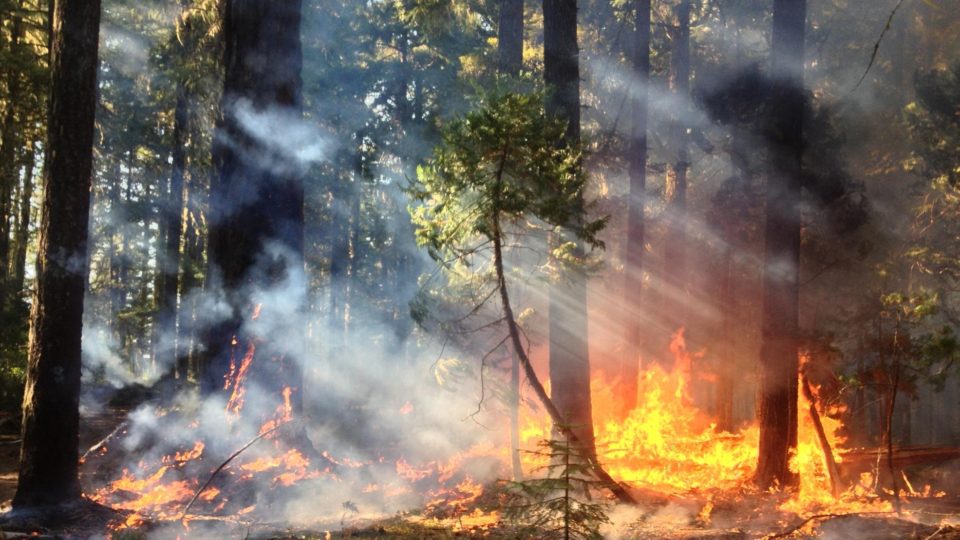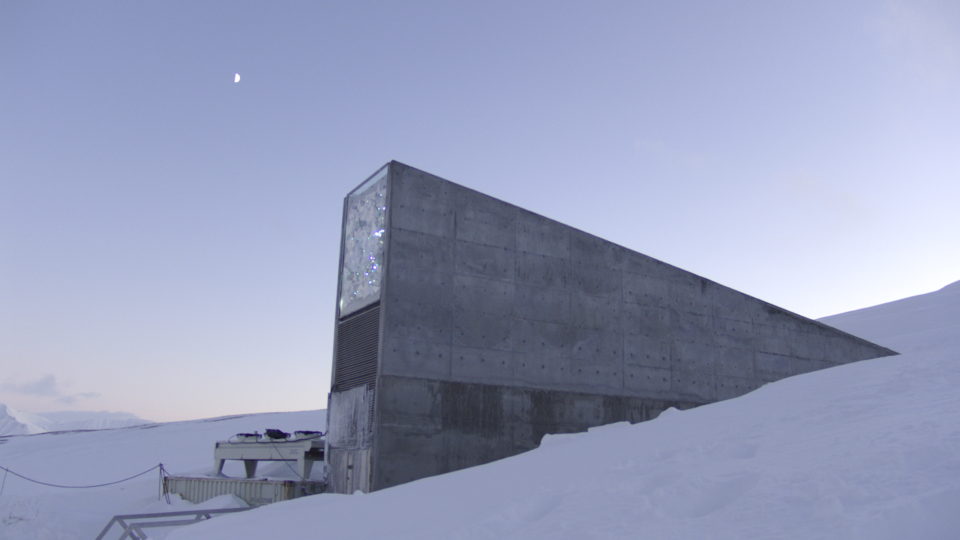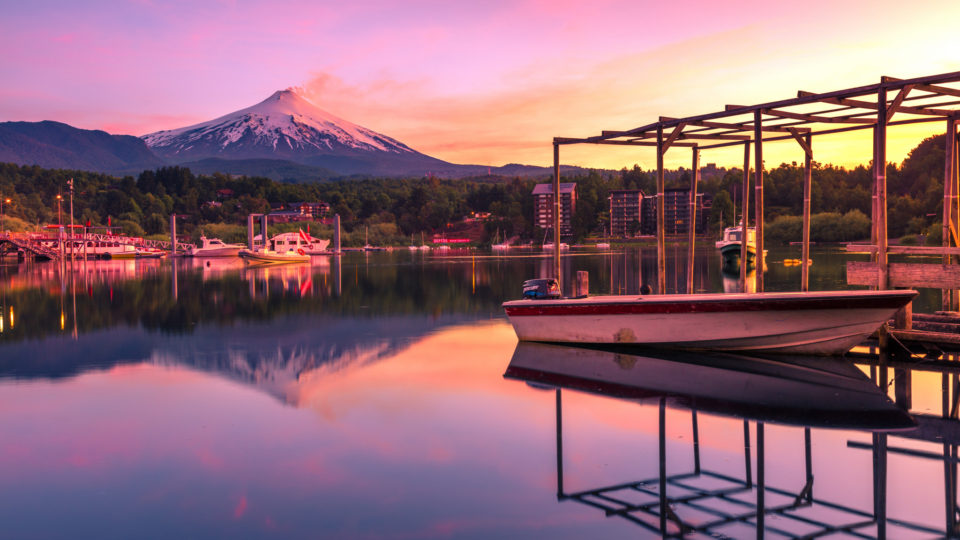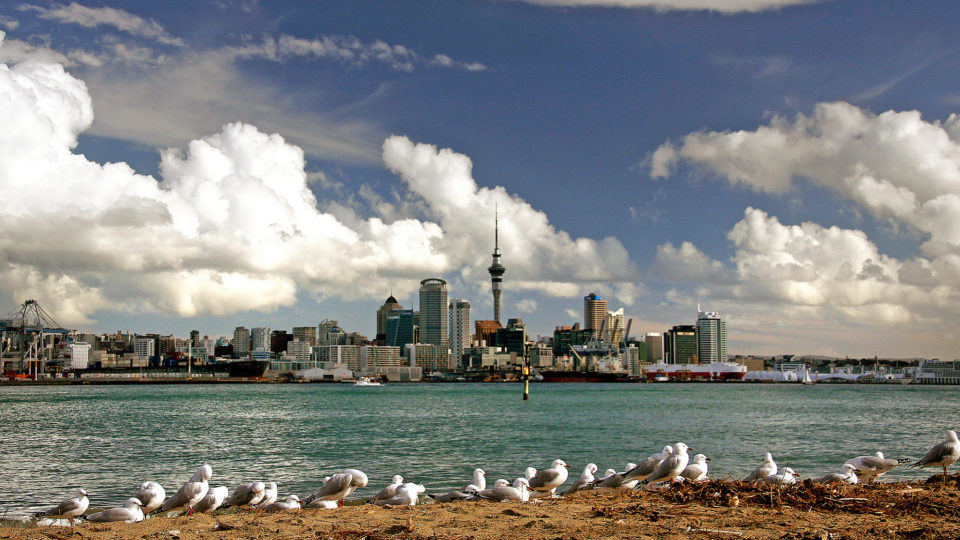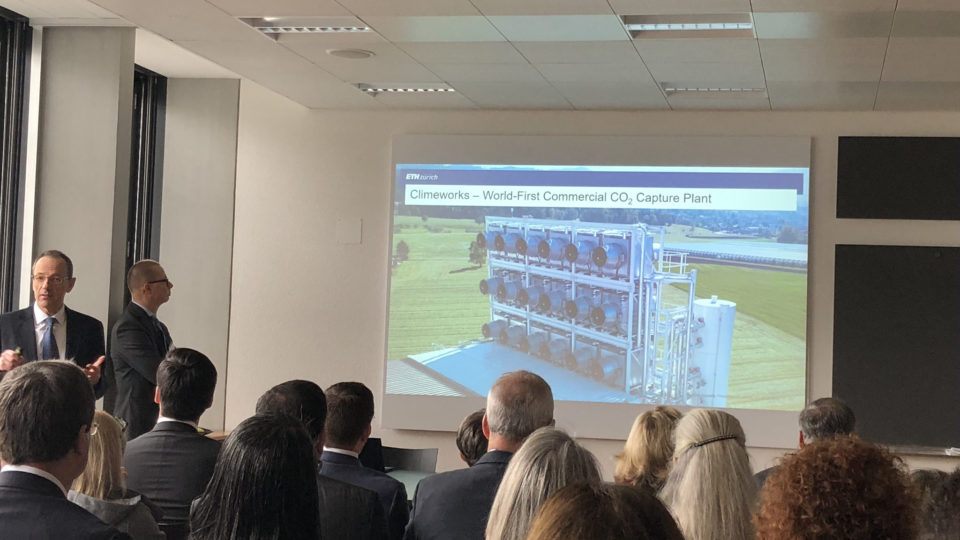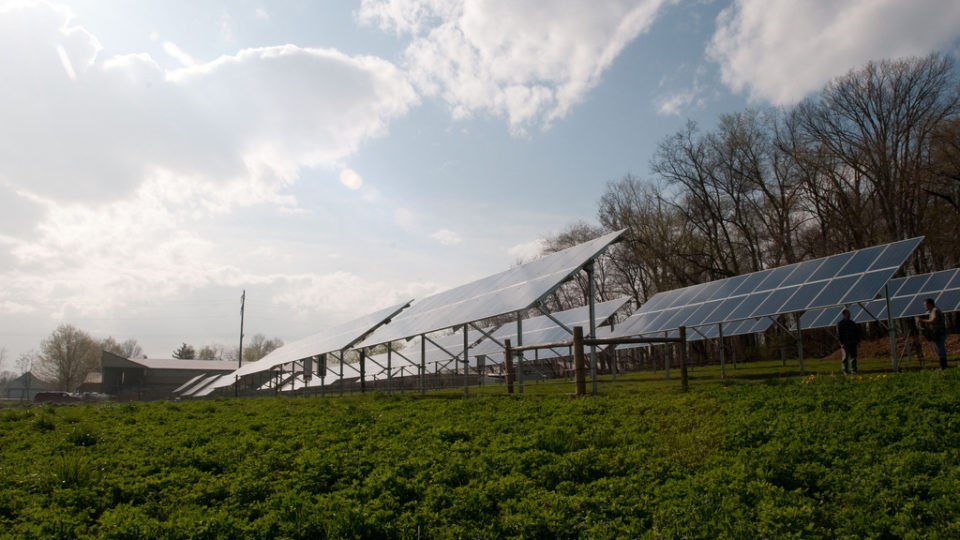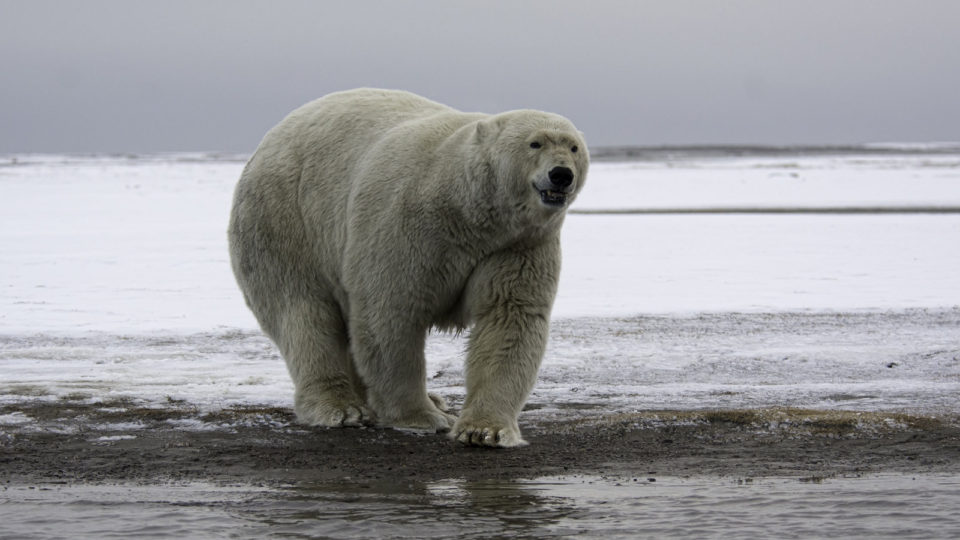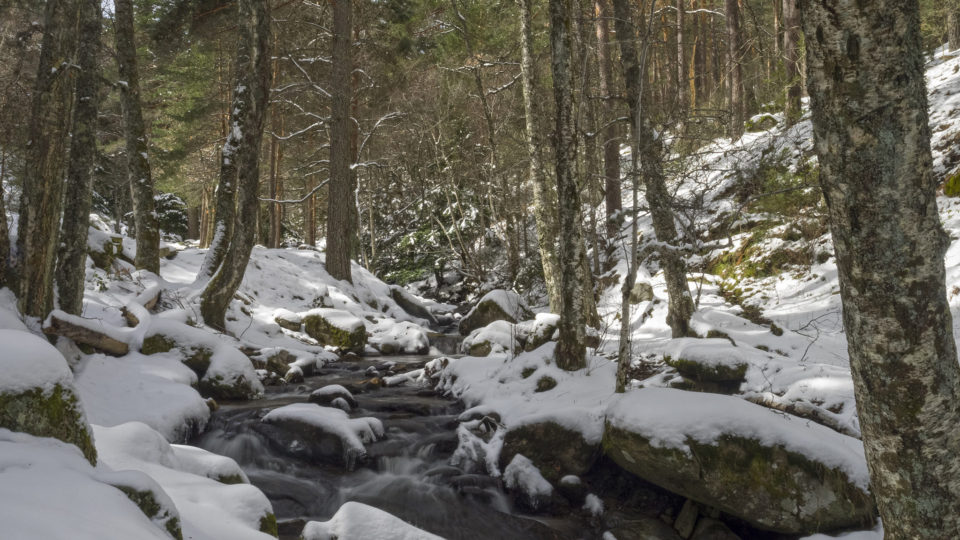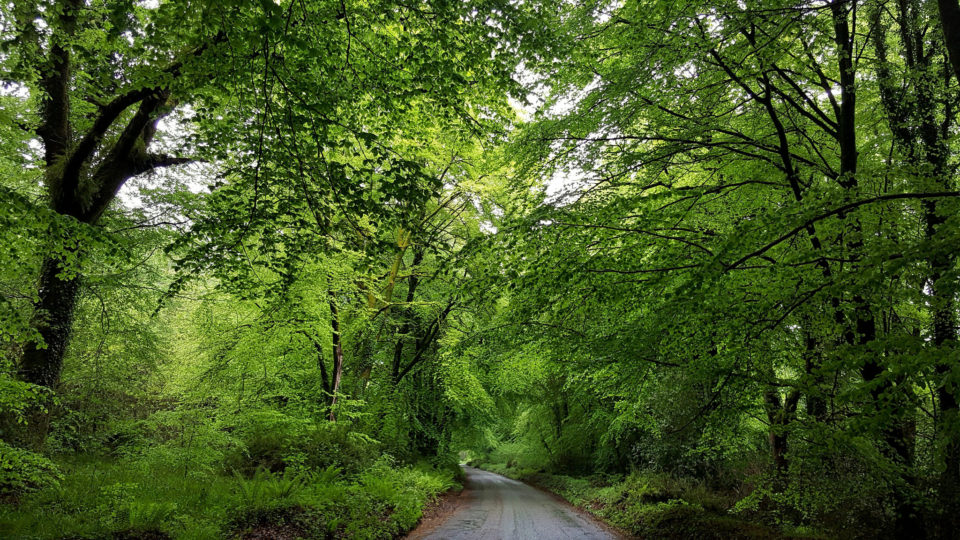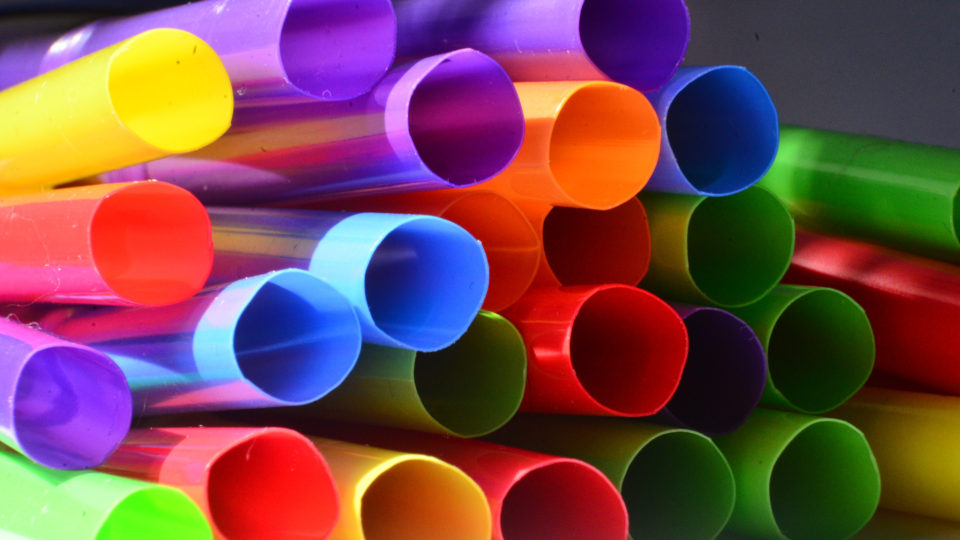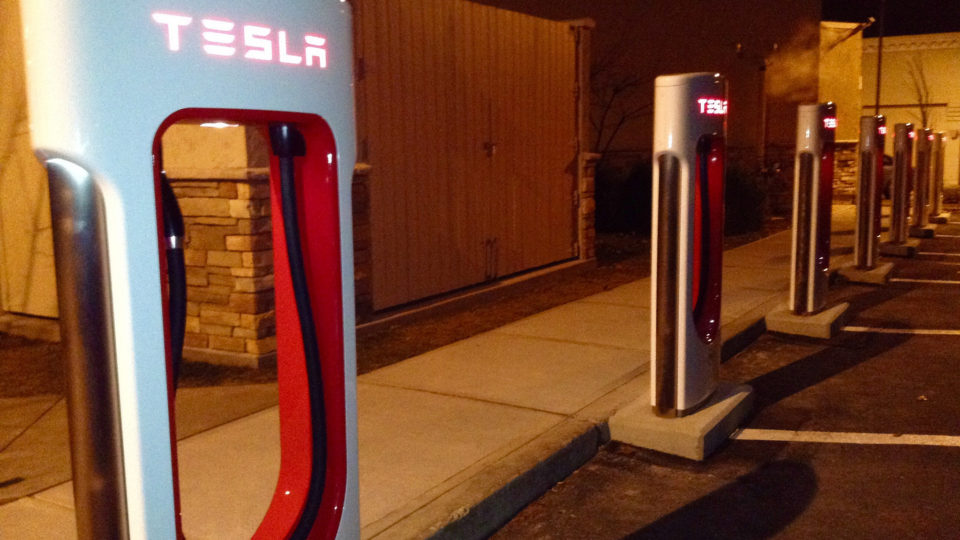Climate Change
Fewer Snowbird Sharks
Blacktip sharks are snowbirds, to use a cross-species metaphor. At least, they usually are. The males of the species swim south to southern Florida during the coldest months of the year and head back north to North Carolina in the spring to mate with females.
Climate Change And Biodiversity
According to a new study recently published in the journal Climatic Change, up to half of the plant and animal species in the world’s most naturally-rich areas could face local extinction by the turn of the century due to climate change. This projection, jeopardizing the biodiversity in places like the Amazon and the Galapagos, assumes carbon emissions continue to rise unchecked.
FEMA And Climate Change
In 2017, the United States spent a record $306 billion on weather and climate-related disasters, making it the costliest and most damaging year on record. The wildfires out west, Hurricanes Irma, Maria, and Harvey, the Minnesota hailstorm, and the midwest drought are just some of the costly examples. Officials say that already-bloated figure will increase further in the coming years as temperatures rise.
Air Pollution Reducing Global Warming
Pollution particles emitted by diesel cars and trucks, coal-fired power plants, factories, primitive cook stoves, and the burning of forests are major contributors to the pervasive air pollution that plagues many cities and regions of the world. In India and China, such pollution leads to hundreds of thousands of deaths each year. And countries around the world are working hard to reduce pollution.
Upgrading The Doomsday Seed Vault
The Svalbard Global Seed Vault, located nearly 400 feet beneath the earth’s surface and fully funded by the Norwegian government, offers any government access to seeds in case of natural or man-made disaster. It’s more often referred to as the Doomsday Seed Vault. And ironically, it too is threatened by climate change.
Spring Is Springing Earlier
A comprehensive study has confirmed what has been widely believed in the scientific community and in popular reports for years: spring is arriving earlier and the further north you go, the more pronounced is the effect.
Disappearing Lakes
Some of the world’s biggest lakes are drying up as a consequence of the warming climate, persistent drought, and overuse by people draining crucial water sources.
Listening To Volcanoes
Volcanoes are complicated, and we don’t have universally applicable ways to predict when they might erupt. Measurements of seismicity, gas emissions and ground deformation are all useful in trying to figure out what volcanoes are up to. However, it is unlikely that will ever have definitive prediction techniques.
Nitrogen Pollution
Earth system scientists say that there are four major human-caused forces that threaten to cause irreversible and abrupt environmental upheaval: climate change, deforestation, biodiversity loss, and excess nitrogen.
Renewable Powered Cities
Cities are responsible for 70% of the world’s energy-related CO2 emissions and it appears that they are taking responsibility for reducing them. Over 7,000 mayors around the world have signed up to the Global Covenant of Mayors for Climate and Energy, thereby pledging to act on climate change.
Lots Of Credit For Carbon Capture
These days, the federal government has mostly turned its back on efforts to mitigate climate change or, for that matter, to even recognize its existence. However,the budget bill passed in February contained a major increase in the tax credit known as 45Q, which provides incentives to businesses to develop and utilize carbon capture, utilization and storage technologies.
Farming In Solar Farms
Utility-scale solar installations have been expanding rapidly. The amount of land used for solar projects is becoming quite substantial. The National Renewable Energy Laboratory (NREL) predicts that 3 million acres will be devoted to solar farms by 2030, and 6 million by 2050. These numbers pale in comparison with the land used for corn, soybeans, and wheat, but are more than used for such familiar crops as oats, barley and rice.
Polar Bears Are Struggling To Find Food
Climate change continues to pose a major threat to polar bear survival. Polar bears, whose native range largely lies within the Arctic Circle, depend on sea ice for nearly all of their life cycle functions. And rising global temperatures are causing that sea ice to disappear.
Fracking And Streams
Hydraulic fracturing – better known as fracking – is a method of extracting oil and gas from shale deposits in which millions of gallons of freshwater and chemicals are injected into deep underground deposits. There has been a great deal of concern related to the effects that this process has on water quality and also on the stability of the ground in the vicinity of where it takes place.
The Restoration Economy
Deforestation is one of the largest contributors to climate change. Forests cover about 30% of the world’s land area and are a crucial sink for carbon dioxide. Over time, we have been steadily reducing the amount of forest in the world to obtain wood and timber, open up farmland, build towns and cities, produce paper, make palm oil, and mine for minerals.
2017 Was Hot
There’s no argument to be made about whether 2017 was hot or not. The only uncertainty is whether it was the second or third warmest year ever recorded.
The Last Straw
Every day, Americans throw away 500 hundred million plastic straws. That’s enough to circle the Earth twice. Each one of us uses more than 35,000 of them in a lifetime. And these estimates are probably low.
Trends Influencing Our Cities
The Environmental Protection Agency removed its information hub about climate change last year. In response, 17 cities reposted the information on their own city government sites. This is indicative of the fact that cities are increasingly taking on a leadership role in environmental, social and economic change.
The Automobile Future: Dream or Nightmare?
Visionaries tout a future in which cars are electric, self-driving, and shared. All three of these things are starting to happen today, but will they come together to produce a future where congestion and pollution are things of the past?
[Read more…] about The Automobile Future: Dream or Nightmare?




